Background and Türkiye’s accession.
Background and Türkiye’s accession.
By Halil Özsaraç, (Ret.) Turkish Staff Navy Captain
On April 29, 2025, Türkiye’s Minister of Transport and Infrastructure announced that Türkiye had become a “strategic partner” of the Three Seas Initiative.
The Three Seas Initiative is an alliance established a decade ago in the region spanning the Baltic, Black, and Adriatic Seas in Central and Eastern Europe. The Initiative includes Austria, Bulgaria, Croatia, Czechia, Estonia, Hungary, Latvia, Lithuania, Poland, Romania, Slovakia, and Slovenia —countries located in the central and eastern parts of the European Union. Together, these states cover one-third of the EU’s land area and a population of 111 million people.
The gap between Western and Central-Eastern Europe
Of these, Estonia, Latvia, Lithuania, and Poland border the Baltic Sea; Romania and Bulgaria border the Black Sea; and Croatia and Slovenia border the Adriatic Sea. On the other hand, Austria, Hungary, and Slovakia are “landlocked”. These countries share a common characteristic: they make up one of Europe’s most geopolitically constrained and economically underdeveloped regions. More specifically, their average per capita GDP is 78% of the EU average, so they continue to struggle to close the economic gap with Western Europe.
While Western European countries are seamlessly connected to one another via highways, railways, electric grids, and oil and natural gas pipelines, the Central and Eastern European countries still lack such an infrastructure. To address this deficit, they have called for support from Western Europe. However, addressing this deficit in infrastructure, energy, and digital connectivity across the region is estimated to require €1.15 trillion. The EU’s collective policies are clearly insufficient to cover that amount in full.
Obama-Trump-Biden and the Three Seas Initiative
Noticing the discontent caused by this “gap” between Eastern and Western Europe and deciding to exploit this for its own interests, the Obama administration stepped in 2014. In November of that year, the US-based think tank Atlantic Council published a report titled “Completing Europe: From the North-South Corridor to Energy, Transportation, and Telecommunication”, which laid the intellectual groundwork of a project for Central and Eastern Europe to act independently of Western Europe. Inspired from this report, Poland and Croatia produced discourse in 2015 for what would become the Three Seas Initiative.
In fact, the unification of Central and Eastern Europe was a British project, which was also voiced by Poland in 1918, exactly 96 years before 2014. Between 1918 and 1939, the British-backed “Intermarium” (Latin for “Between the Seas”), led by Poland, was envisioned as a defensive bloc whose primary goal was to weaken and render Russia harmless. However, the Intermarium region —as a proxy of imperialism aimed to fragment Russia— ended up either as Soviet territory or satellite after World War II.
Today, many liken the Three Seas Initiative to that earlier Intermarium plan. Now, instead of Britain, it has been supported fully by Obama, Trump, and Biden alike. But it is met with suspicion by Western Europe, especially Germany. In short, the Three Seas Initiative is not an EU project, but a US project. Since its founding in 2016, it has consistently emphasized the goal of strengthening transatlantic relations.
Now let’s turn to Türkiye’s new status as a “strategic partner” in the Initiative. The Initiative is structured with three tiers: “participating members”, “associated participants” and “strategic partners.” To put it more clearly: the Three Seas Initiative is designed to serve the interests of its participating members. An associated participant” refers to a country that may potentially become a full participating member in the future. And a “strategic partner” is a country that is expected to only provide financial support or boost the Initiative’s prestige.
In order not to front the European Union, the 12 founding countries designated not only the US but also Germany and the European Commission as “strategic partners” at the time of its foundation. When US President Donald Trump, who had expressed support for Brexit, attended the second Three Seas Initiative Summit in Warsaw in 2017 as guest of honor, concerns arose in Western Europe. Many began to argue that the Initiative might undermine the EU and that it could be serving as the US’s “Trojan horse” in Europe.
Phase of expansion
Seven years after its establishment, in 2022, the Initiative, being encouraged by the US, entered a phase of expansion. In that year, Ukraine was accepted an associated participant. In 2023, Greece was granted full participating member status as a reward for deepening its military cooperation with the US and allowing new American military bases on its territory. Again in 2023, Moldova, which the US also wants to use as a proxy against Russia, was admitted as an associated participant. In 2024, Japan joined as a strategic partner, and both Türkiye and Spain submitted applications for the same status. In 2025, Albania and Montenegro were admitted as associated participants, and Türkiye and Spain as strategic partners.
So, what motivated Türkiye to pursue a status to provide financial support or boost prestige to a US project?
The most immediate explanation is that the AK Party government shifted its geopolitical orientation from East to West following the May 2023 elections. But what will the strategic partnership proudly announced by the AK Party government bring to Türkiye, and what will it cost? Given that the Three Seas Initiative is not merely a plan to boost Eastern Europe’s economy or to weaken Russia, but a broader and deeper geopolitical project of the US’s interests, it is reasonable to expect that it will cost much to Türkiye.







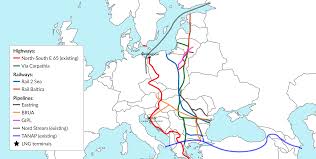


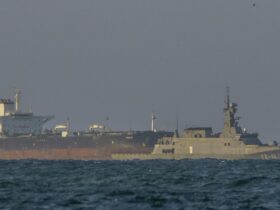


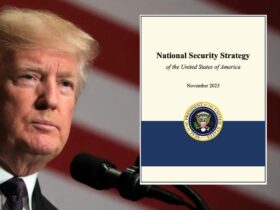
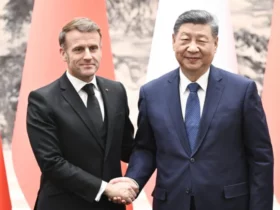

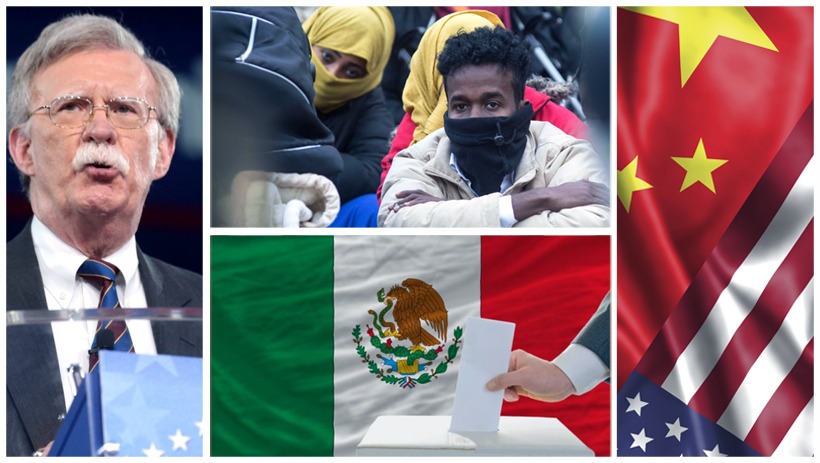
Leave a Reply